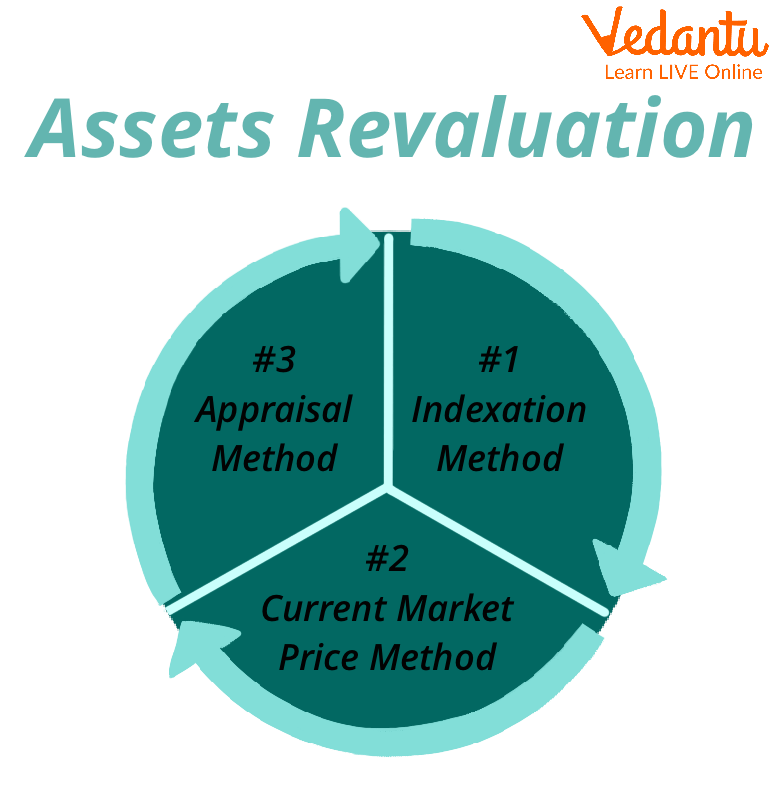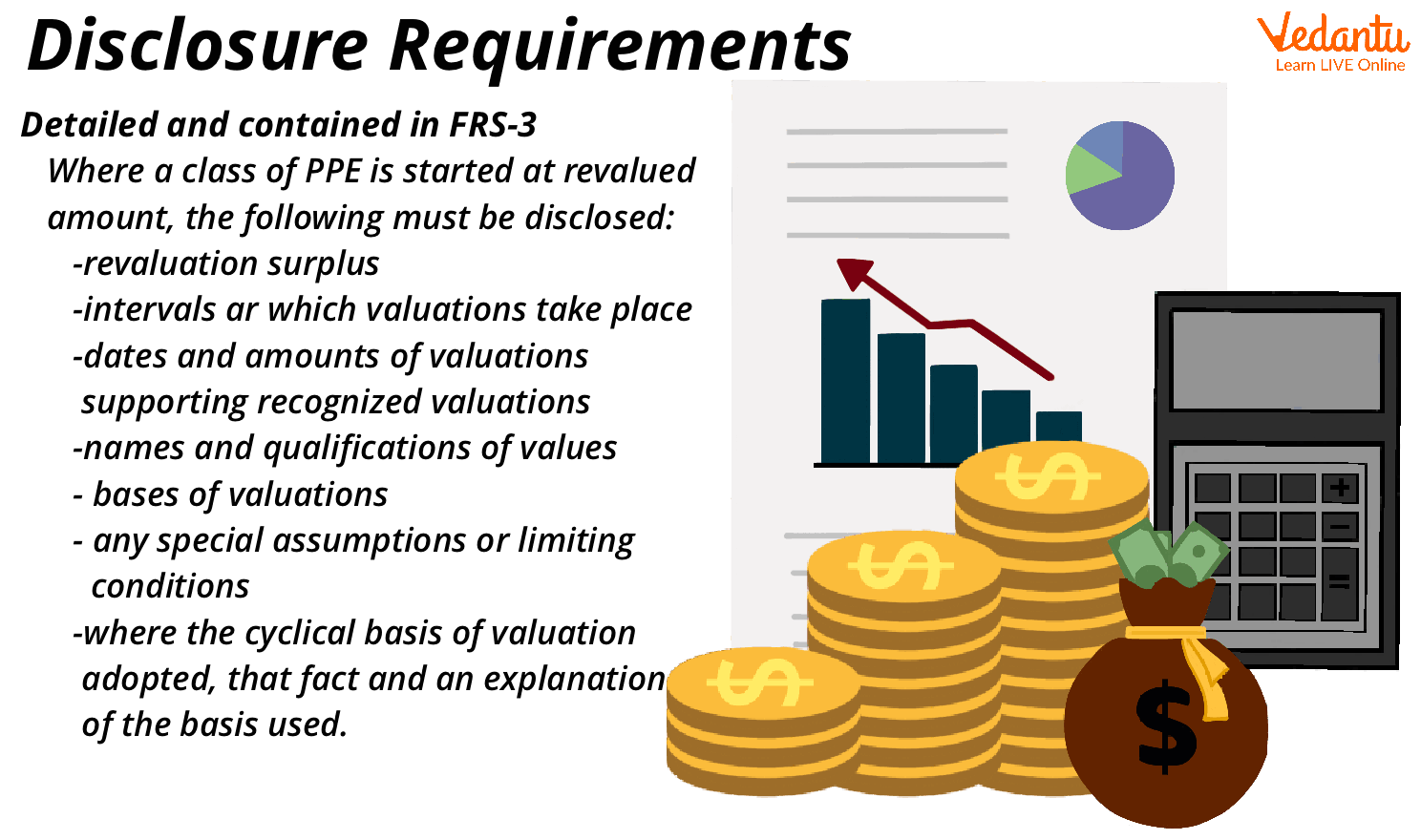




An Introduction to Revaluation Adjustments
The revaluation account format changes an asset's recorded value to more precisely represent its current market worth. A fixed asset is typically purchased and documented at cost. Businesses can decide whether to utilise the revaluation model, in which financial records are updated to reflect assets' most recent market value or to continue valuing the asset at historical cost because it is expected that the asset's market value will fluctuate over time.
The cost model only permits downward modifications to account for impairment losses. Still, the revaluation model permits both upwards and downward adjustments to represent both rises (appreciation) and reductions (depreciation) in the value of an asset.
Motives for the Reassessment
The revaluation approach might be advantageous for companies attempting to:
Get ready for the asset to be sold to another business.
Before merging with or being purchased by another firm, bargain a reasonable price.
Display the current market worth of assets, such as PP&E, whose value has grown after being purchased.
Ensure adequate resources are available to replace fixed assets when their useful lives are up.

Revaluation Account Example
Revaluation Disclosure in Accounts
The income statement shouldn't include positive revaluation when an asset's book value is raised to reflect a value increase. Instead, the revaluation excess equity account should receive credit for this gain. Up until the assets of the firm are sold, given away, or otherwise disposed of, all positive revaluations of such assets are recorded in this account.
When an asset's book value declines owing to impairment, this is known as a negative revaluation, and the loss should be written off against any revaluation surplus. It is necessary to declare the difference as an impairment loss if the loss is greater than the surplus or if there is none.

Revaluation Account Format
Depreciation and Revaluation
Depreciation should be calculated using an asset's new value after revaluation. You shouldn't adjust prior depreciation levels retroactively; this only applies to going ahead.
The most popular depreciation technique is straight-line depreciation. If you apply this strategy, the new depreciation cost will be calculated by dividing the new value by the years the asset will still be usable.
Revaluation Illustration
A company invested £10,000 on a piece of equipment in 2015 with a 10-year estimated lifespan. The firm gets acquired by a bigger corporation in 2017, so they reassessed its assets to ensure they bargain for a fair price.
It is discovered that the equipment's value has grown; it is now worth £12,000. The income statement shows a credit of £2,000 to the revaluation of assets excess account.
Given that the equipment has 8 years left in its usable lifespan, the annual depreciation expense should be £1,500: £12,000 x 8.

Revaluation of Assets
Revaluation of Assets and Liabilities Adjustment
The partnership firm's books of accounts must be reconciled whenever a partner leaves the partnership. The departing partner's or his legal representatives' dues must be paid. This necessitates revaluing both assets and liabilities. Let's see how the accounting is handled.
There may be specific assets and obligations that are not reflected in the records at their current values at the time of retirement or the death of a partner. Additionally, certain unrecorded assets and obligations may need entry into the records. A revaluation account is generated to determine the net gain or loss from revaluing assets and liabilities and adding unrecorded items to the books. All partners, even those retiring or have passed away, receive the Revaluation Profit or Loss in their Capital Accounts according to their prior Profit Sharing Ratio.
Conclusion
The company prepares revaluation accounts and realisation accounts for various occasions and uses. The compilation of revaluation accounts is done primarily to ensure that any profit or loss incurred belongs to the partners who were once involved in the business. Revaluation gives the present value of a company's assets, and upward revaluation is favourable; the business may charge greater depreciation on upward value and gain a tax benefit.
The company prepares revaluation accounts and realisation accounts for various occasions and uses. The compilation of revaluation accounts is done primarily to ensure that any profit or loss incurred belongs to the partners who were once involved in the business. In contrast, a realisation account is created only to determine the profit or loss the company makes or incurs while disposing of its assets and paying off its liabilities at the moment of closure.
FAQs on Revaluation Adjustments in Accounting
1. What is a revaluation account?
A revaluation account is described as assessing net profit or loss on revaluing assets and liabilities and includes such items that are not yet recorded in the books. A revaluation account is created when a new partner is admitted, when a partner passes away, or when a partner retires. When a partner dies or retires, the revaluation profit or loss is transferred to each partner's capital account according to their former profit-sharing ratio (PSR).
2. What are asset revaluation and liability reassessment?
It is usually preferable to check whether the company's assets are recorded in the books at their current valuations before accepting a new partner. The assets must be revalued if they have been inflated or undervalued. Several reasons why it is crucial to revalue assets and appraise obligations.
There may occasionally be business assets and obligations that go unrecognised and unrecorded. These also need to be recorded in the company's books. The company must describe the Revaluation Account for this reason.
3. What is a revaluation execution report?
When you conduct revaluation, the revalue balances procedure automatically creates the revaluation execution report. This report includes your account balance revaluation and the journal batches produced. The document contains:
Your accounts were revalued using currencies and revaluation rates.
Account for unrealised profits or losses when you recorded net gains and losses
Various accounts were revalued.
Names of your batch and the journals that each foreign currency's revaluation procedure produced.




































